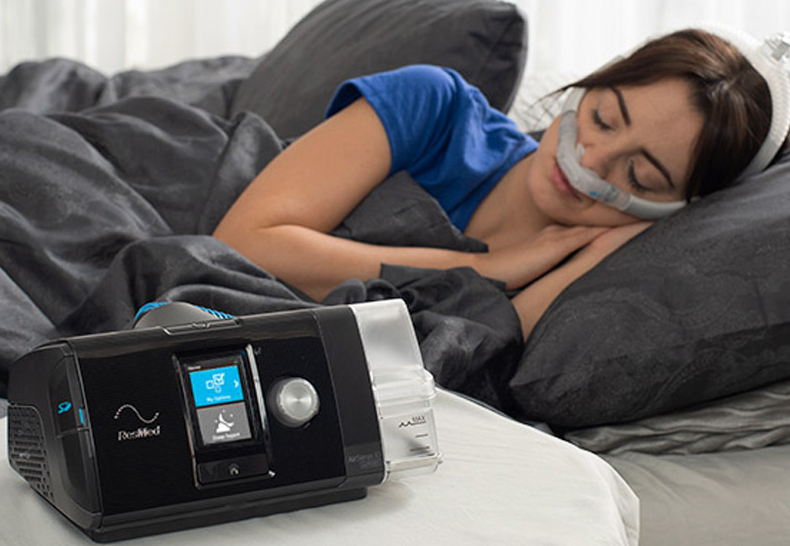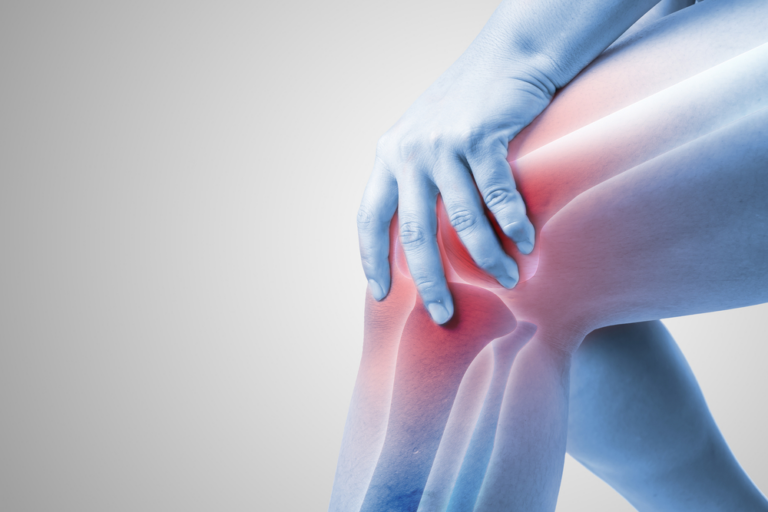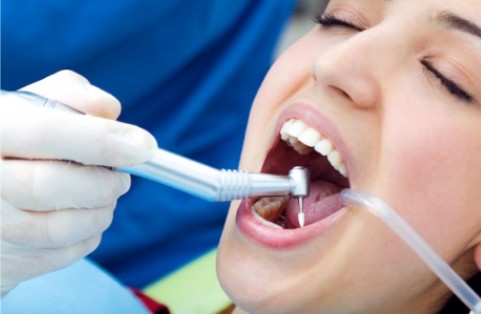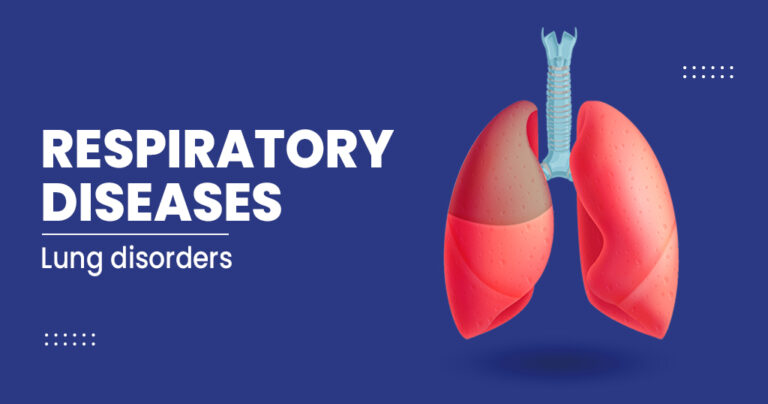The Ins and Outs of CPAP Trials: What to Expect

If you’ve been diagnosed with sleep apnea, your doctor may have recommended a CPAP (continuous positive airway pressure) machine to help treat it. CPAP machines gently blow air into your airway to keep it open while you sleep, preventing the airway collapse that occurs with sleep apnea. Many medical equipment providers offer CPAP trials so you can test a machine at home before buying one. Here’s what to expect from a CPAP trial.
Getting Set Up With Equipment
The first step in starting your CPAP trial is working with your medical equipment provider to obtain the necessary equipment. This includes:
The CPAP Machine
This is the main component. The CPAP machine pumps air through the tubing and into your nose/airway via your mask. There are many CPAP brands and models to choose from with different features, so work with your provider to select one that meets your needs regarding size, noise level, humidification, etc.
Tubing
CPAP tubing carries air from the machine to your mask. Standard tubing is 6 feet long, but longer tubing can reach your bed.
Mask
To deliver the air, the mask forms an airtight seal over your nose and mouth. There are many options for CPAP masks, including nasal, full-face and nasal pillow styles. Finding the right fit is crucial for avoiding leaks and discomfort.
Headgear
Headgear straps keep your mask correctly positioned on your face while you sleep. Most masks come with their accompanying headgear.
When you first receive your equipment, ensure you understand how to use and adjust each component properly. Don’t be afraid to ask questions! It would help if you felt comfortable with the CPAP equipment before starting your trial.
Getting Comfortable with Therapy
The first few nights of using CPAP can take some adjustment. Here are some tips to help the process go smoothly:
- Start by wearing your mask and headgear during the daytime while relaxing, like reading or watching TV. This allows you to get used to having it on before sleeping with it at night.
- Adjust your mask style, headgear and tubing until you find the most comfortable fit. Determine where you feel air leaks or pressure points.
- Use lanolin cream or gel cushion pads to minimise skin irritation or mark points. Adjust straps accordingly.
- Try a few different sleeping positions while wearing your mask. Determine if you need extra long tubing to accommodate a particular position.
- Keep tissues by your bed. A stuffy nose is standard while adjusting to airflow from CPAP.
Don’t get frustrated if it takes a few nights to start sleeping soundly with CPAP treatment. Allow
yourself time to acclimate to the feel and sound of the airflow and equipment.
What Data Will You Gather?
A significant component of a CPAP trial is collecting data on your treatment progress. Most CPAP machines record the following data:
Usage
CPAP machines track how many hours per night you use treatment. Doctors want to see if you can meet the nightly recommended usage goals, usually at least 4 hours per night.
Leak Rate
This shows how much air leaks around your mask, indicating problems with the fit and seal. You want to aim for a low leak rate.
Pressure
CPAP machines track the air pressure either set on your machine by your doctor or adjust automatically to keep your airway open.
AHI
The apnea-hypopnea index (AHI) records nightly incidents of airway collapse. This helps determine CPAP’s effectiveness at treating apneas and hypopneas.
Ideally, you want to show you can use CPAP for extended periods nightly, maintain a good mask seal with a minimal leak, meet set pressure goals, and see a reduction in AHI events, signalling improved sleep apnea symptoms.
Follow-Up Appointments
After using CPAP at home, usually after 1-2 months, you’ll have a follow-up appointment with your doctor to review your recorded data. This allows them to see how your treatment is progressing and make any needed adjustments in machine settings, mask type, etc., to optimise CPAP’s effectiveness. You’ll also have a chance to provide feedback on your experience and troubleshoot any remaining comfort or usage issues.
Assuming CPAP therapy is flourishing and you are committed to continuing treatment, transition plans will be made to obtain your CPAP equipment. Feel free to clarify next steps with your medical provider if you have additional questions.
Achieving Long-Term Therapy Success
CPAP therapy is quite an adjustment at first, but it becomes just part of your bedtime routine over time for most patients. Focus on consistently using it nightly, aiming for several consecutive hours of runtime each night. Keep up with routine CPAP equipment cleaning and replacement for ongoing comfort and effectiveness. With practice and perseverance, CPAP can greatly relieve sleep apnea symptoms for better rest and health. Trying out a resmed CPAP trial allows you to experience the benefits of CPAP therapy before committing to purchasing equipment. So stick with it!





